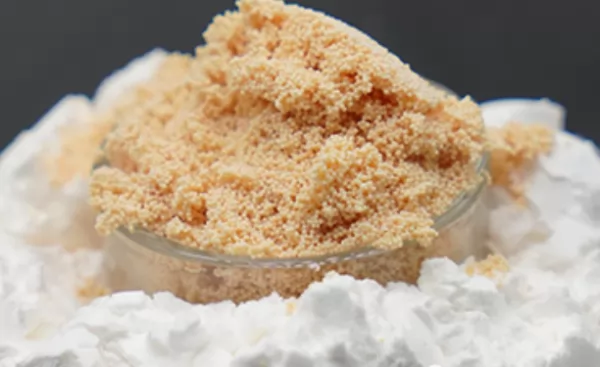
Sunresin's Ion Exchange Technology Empowers the Lactic Acid Processing Industry
According to the forecast from 2020 to 2025, the global lactic acid market is growing rapidly, with the growth rate at about 12.8%. This means the value of the lactic acid market will double every five years, from $1.1 billion in 2020 to $2.2 billion in 2025.
The major driver for the growth of the global lactic acid market is the soaring demand for polylactic acid as a biodegradable packaging material, which accounts for more than 39% of the lactic acid market demand. Lactic acid is often used as a monomer to make polylactic acid.
In the production of lactic acid, there are two main processes: chemical process and fermentation process:
The chemical process begins with petroleum resources to produce acetaldehyde, which reacts with hydrogen cyanide to produce lactose, which undergoes acid hydrolysis to produce lactic acid. It is important to note that the chemical process can only produce a mixture of lactic acids: DL-lactic acid.
The fermentation process uses renewable resources, which can be corn, cassava, sugar cane or even some non-food ingredients or food waste. Through acid or enzymatic hydrolysis, they produce carbohydrates, which are fermented by lactic acid bacteria. Lactic acid is produced in the fermented culture, and then undergoes a downstream purification and separation process leading to isomers producing D-lactic acid and L - Lactic acid.
Compared with the chemical process, the fermentation process has shown significant advantages and represent, at present, 90% of the lactic acid production.
In a fermentation process, about 40% to 70% of the operating costs are related to the downstream purification and separation process. Therefore, the design of the downstream purification and separation process is of critical importance, as it contributes to a higher lactic acid level being obtained at a lower cost.
In the traditional calcium salt process of lactic acid production, the removal of cations such as calcium, magnesium, sodium and potassium in lactic acid fermentation broth can be achieved by using conventional macroporous strong acid cation exchange resin, which is relatively simple.
However, in the selection of anion exchange resins, not only the accuracy of the removal of inorganic anions must be ensured, but also the strength and stability of the resin after repeated expansion in the lactic acid system must be taken into consideration.
For that reason, in the multi-stage ion exchange purification process, the performance of the anion exchange resin will directly affect the purification effect, efficiency and cost.
Seplite® Monojet Uniform Particle Size Resin:
Sunresin’s Monojet acrylic weak base anion exchange resin has good particle size uniformity, high exchange rate, low lactic acid loss, and superior mechanical strength and anti-permeation performance. In the purification process of lactic acid, it has shown satisfactory effects and produced extraordinary performances that have been fully verified and affirmed by customers.

Sepsolut® Simulated Moving Bed system for continuous ion exchange:
In order to maximize the performance advantages of the resin, Sunresin combined the process characteristics of lactic acid production and designed a SMB system with more advanced technology. Through the matrix arrangement of automatic control valves, the rapid switching and reuse of resin columns are realized, significantly improving reducing the consumption of acid, alkali and water.
_1698306769_WNo_600d337.webp)
Ultra-large column ion exchange process:
For lactic acid production lines with large-scale production capacity, Sunresin has developed an ultra-large column separation process technology for better comprehensive investment benefit ratio. The diameter of the resin column can reach up to 5.5 meters, and the volume of a single column can exceed 40m³.
Thanks to years of experience accumulated in continuous chromatography technology, Sunresin is able to ensure that the resin column maintains excellent water distribution uniformity even in the case of ultra-large diameter. At the same time, through the indirect use of acid, alkali, water from external storage tanks, the material consumption of ion exchange is also significantly reduced.














